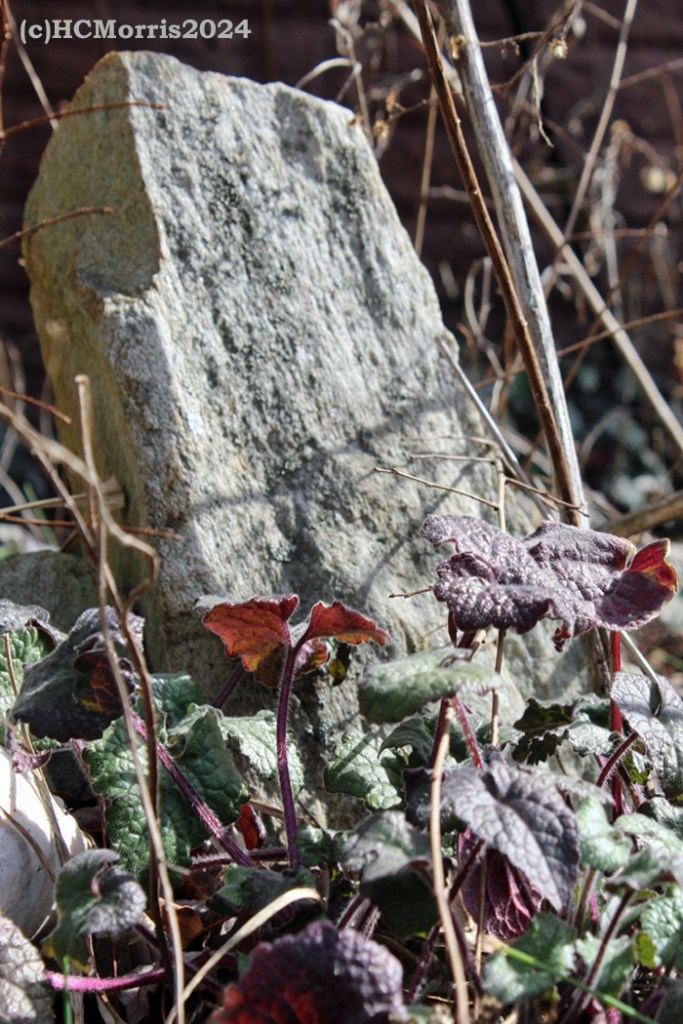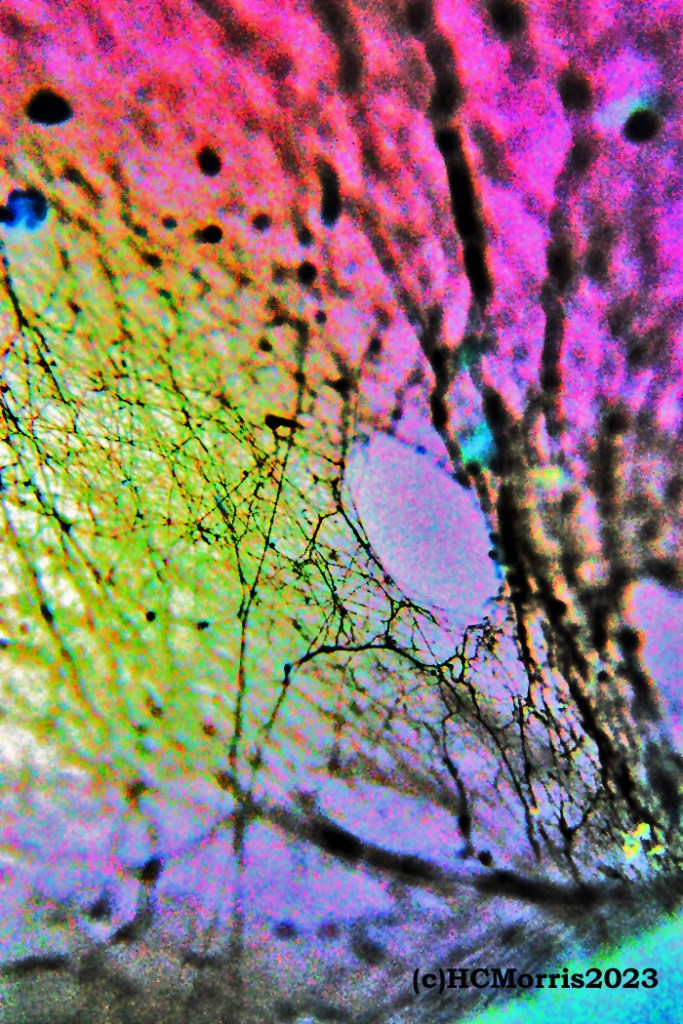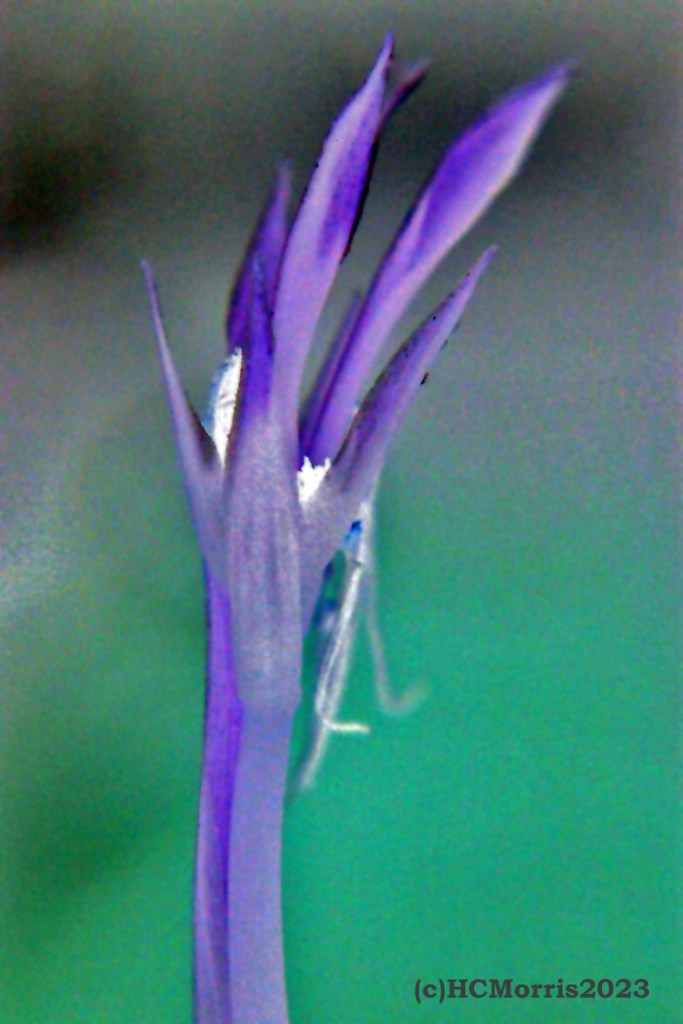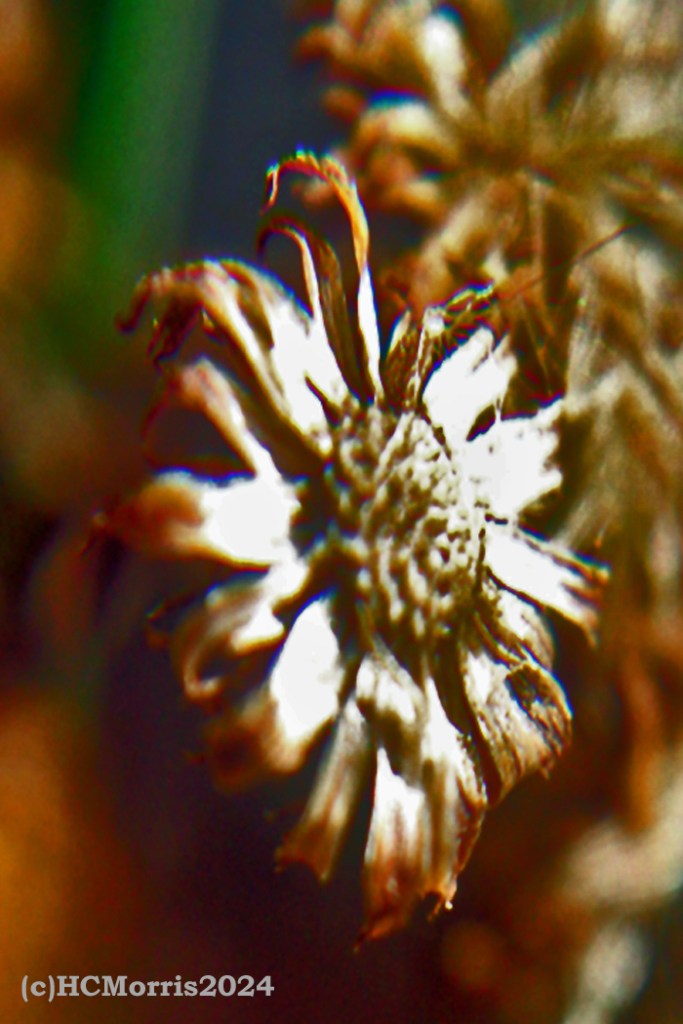Holly'sWorld
photography, artwork, stories, thoughts, words by hcmorris77
The American Robin
Dec 27, 2019

This info comes from National Geographics Field Guide To Birds
- 10 inches (25cm) long
- best known and largest of the thrushes
- often seen on suburban lawns, hopping around and cocking its head in search of earthworms
- also eats butterflies, damselflies, and other flying insects, as well as fruit especially in fall (autumn) and winter.
- nests in shrubs and even on sheltered windowsills (I had one nest in the rafters on the deck one year)

- calls include a low, mellow pup, a doubled or tripled chok or tut, and a sharp kli ki ki ki ki. song is a clear, variable cheerily cheery cheerily cheery.
- the jouvinile has a paler breast, like the female, but the underparts are heavily spotted with brown
- the main difference between male and female is that the male is larger, otherwise, very similar

Some interesting facts:
- the American male Robin is usually the last bird heard as the sun sets and among the first to sing in the morning
- is the state bird for Connecticut, Michigan and Wisconsin
- Robins were once killed for their meat, but they are protected now
- https://www.perkypet.com/articles/american-robin-top-10-most-interesting-facts

The American Robin and Native American Mythology
“American Robins are often portrayed as industrious, “can-do” birds, who are frequently rewarded for their work ethic.
The bright red color of a robin’s breast is associated with fire, and robins are often told in legends as either guardian or thief of fire.
In other legends, the caring parental behavior of robins are noted. In some tribes it is considered good luck for a pregnant woman to see robins feeding their young.
In the Blackfoot tribe, robins are symbols of peace. The presence of robins was said to be a sign that a camp or village would be safe from attack.
The Hopi see the robin as a directional guardian, associated with the south. The Tlingit people of Northwestern North America believed the Robin to be a culture hero created by Raven to please the people with its song.” http://justfunfacts.com/interesting-facts-about-american-robins/

Settlers from Europe named the American robin after the familiar European robin. They missed seeing the bird! The only thing the American and European robins have in common – besides both being birds 🙂 – is the orange breast and the upright postures. They are not closely related.
The American robins are part of the Turdidae family of birds. This family includes roughly 180 species of thrushes. Birds in the same family that are close cousins of robins includes bluebirds, solitaires, Eurasian blackbirds, and fieldfares.
The characteristic robin’s egg blue is caused by hemoglobin and bile pigments in the female’s blood. As the eggs are formed in her body, the pigments create the blue or blue-green, unmarked shell. This does not hurt the female and she does not need a special diet to create blue eggs.
https://www.thespruce.com/american-robin-facts-4143588

taken a few years ago
“When you are visited by a robin a loved one in heaven is trying to say ‘Hello… I’m with you.” ~ unknown
“My favorite season is bird – chirping season.” ~ L. Hartwould

in a nest on the deck
2010
Advice from a robin
Be an early bird
Stretch your wings
Wake up with a song
Keep a nest egg
Think spring
Spend time in the garden
Be true blue
(yourtruenature)
Hope you have a great day!
Thanks for stopping by!!


































Ah now I see the difference! Brilliant photo!
Thank you!